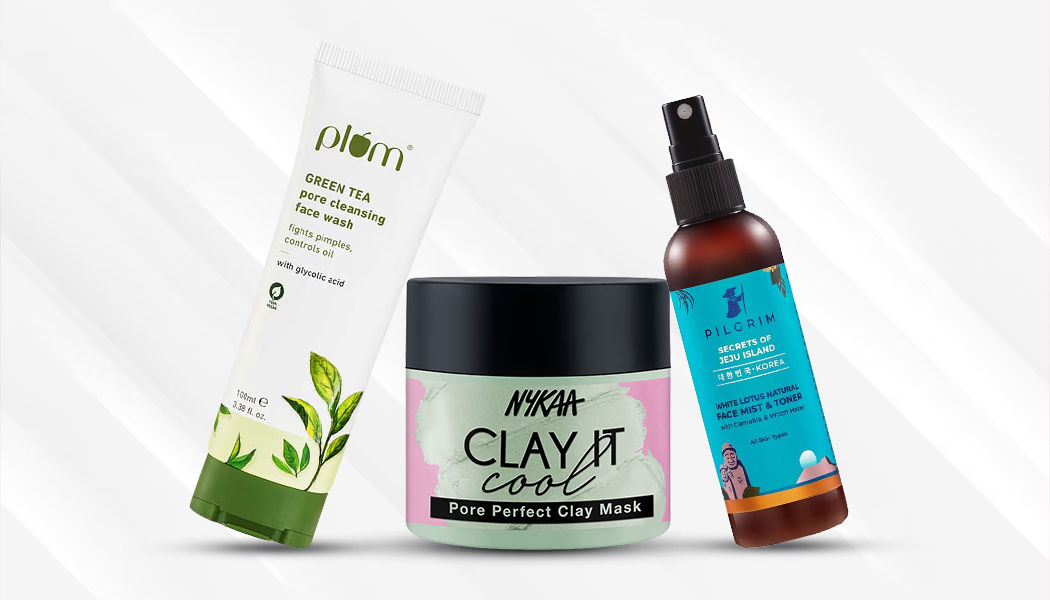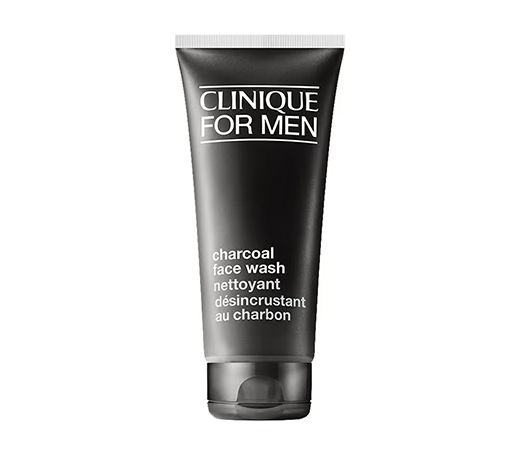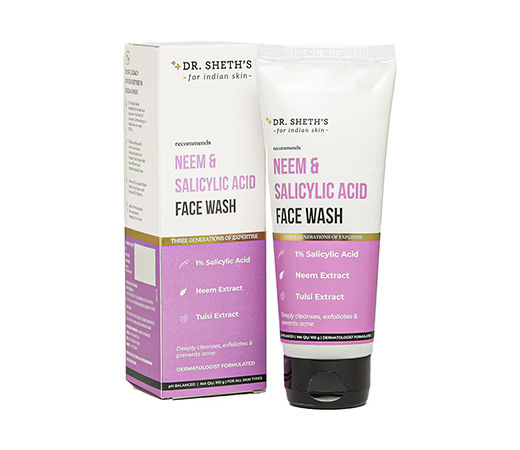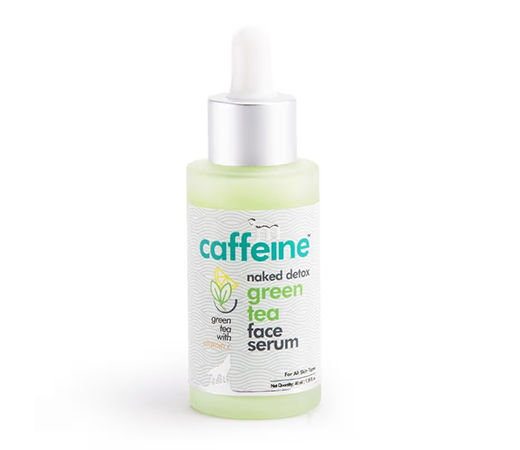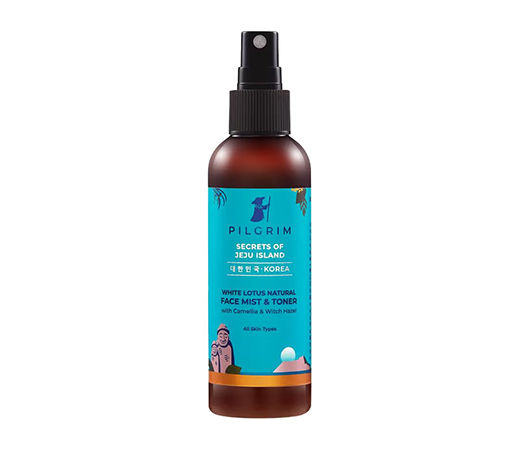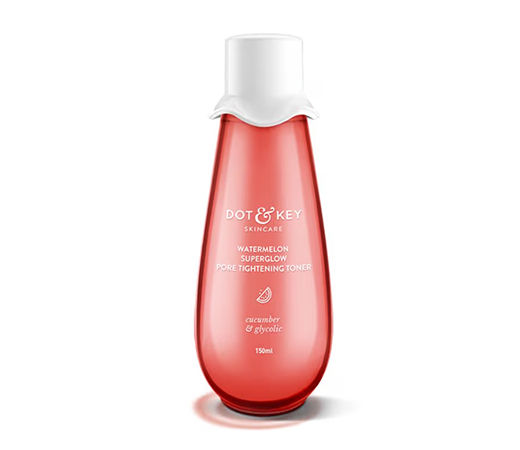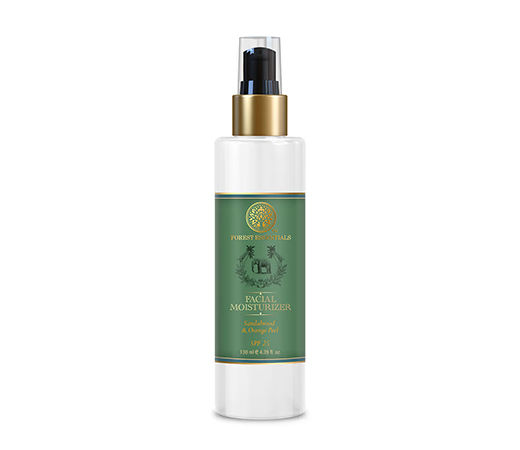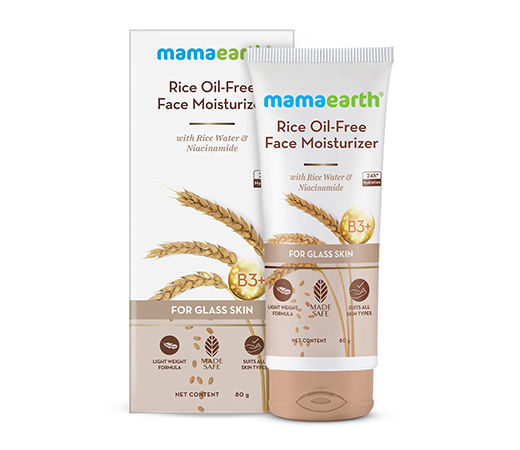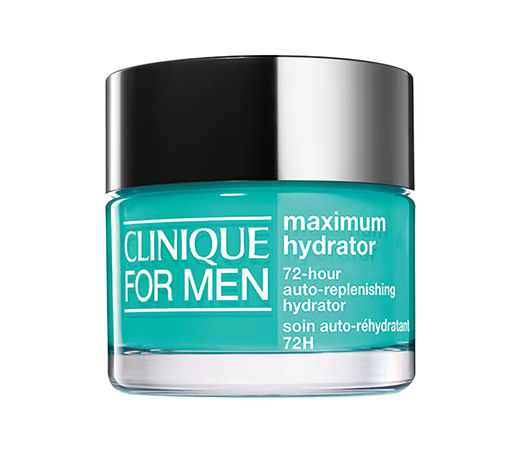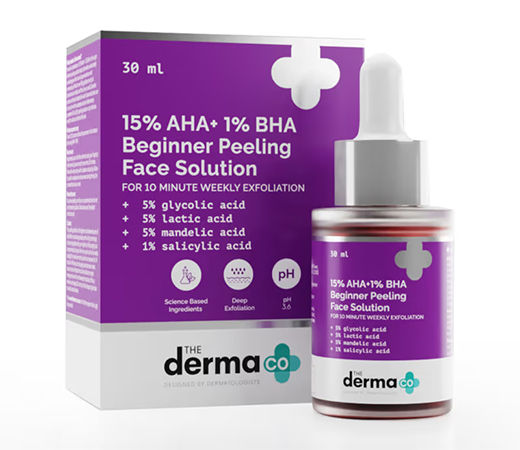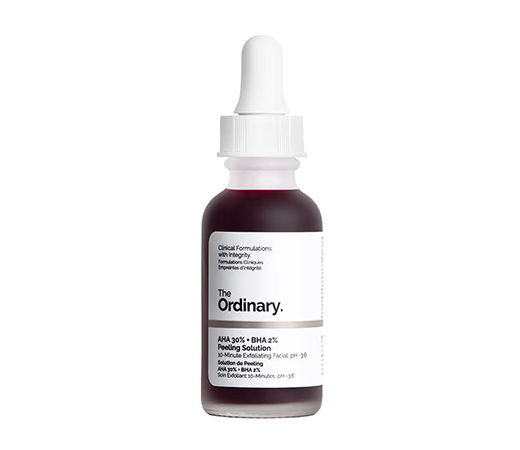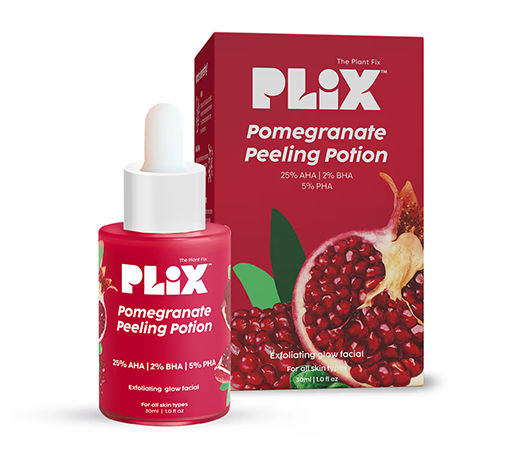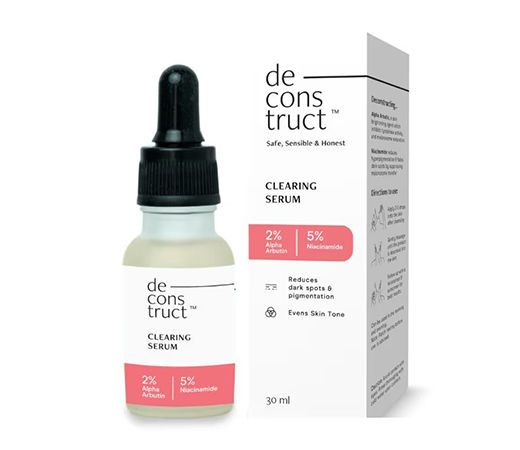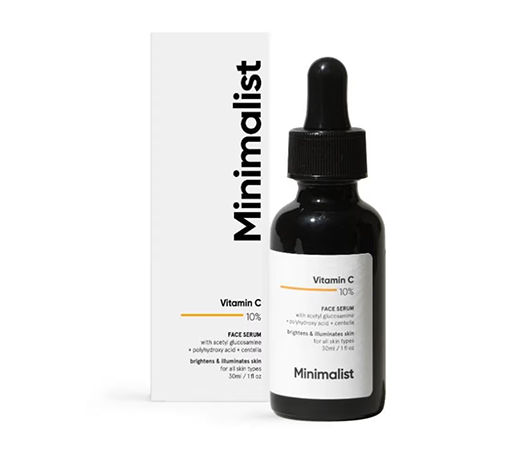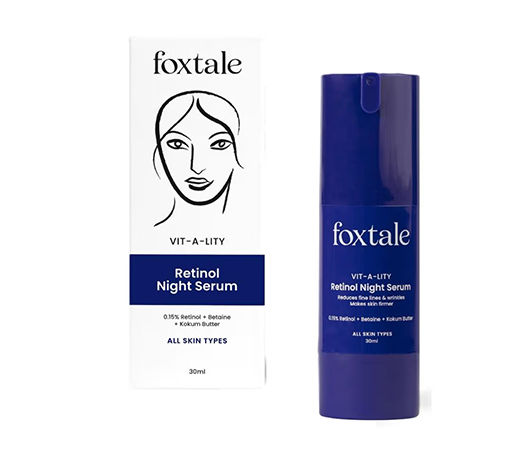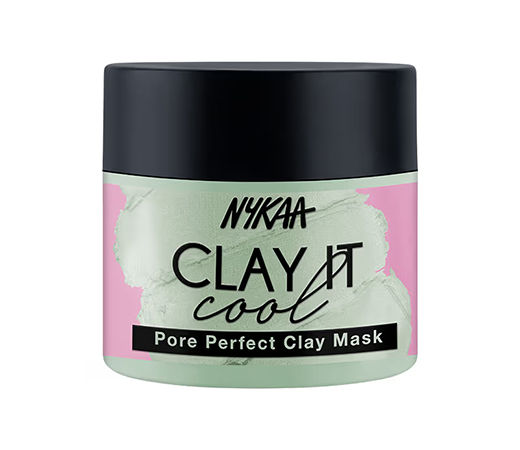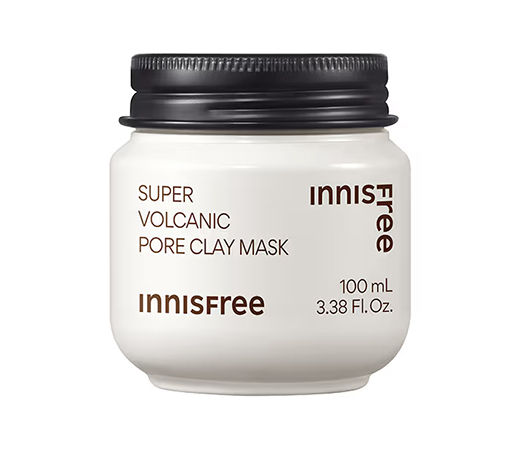As much as we wish for clear skin, nature’s way and external stressors always seem to have other plans. Just like pimples have their ‘perpetually uninvited’ status, blackheads come a close second, too. This equally cumbersome skin concern mostly occurs on the tip of the nose, T-zone and cheeks. Blackheads are otherwise known as open comedones. They occur when pore openings get clogged with excess sebum and grime, which harden over time. They have a ‘black’ appearance because they’re exposed to air which leads to oxidation. Blackheads usually sit slightly above the top layer of the skin, giving it a gritty texture.
There’s another important caveat you must know about before learning how to get rid of blackheads from the nose and the rest of the face. The black dots you often see on the tip of the nose aren’t always necessarily blackheads, they’re actually called sebaceous filaments that form around the hair follicles present in the area. While they may slightly resemble blackheads, the two are not the same.
Difference Between Blackheads And Sebaceous Filaments
Sebaceous filaments are actually good for the skin. They help move the natural oils to the surface of the skin to naturally lubricate and soften it. If you’ve ever used a nose strip you will notice (with disgust yet odd satisfaction) tubes of sebum and hair stuck to the adhesive side. They’re in fact not blackheads but sebaceous filaments. However, there’s no merit in removing them as the filaments line up with sebum again – a normal and healthy process of the oil glands. Constantly stripping them off can cause even more oil production and make your skin prone to blackheads and pimples.
Blackheads, on the other hand, are open pores clogged with excess sebum and grime that have a ‘black’ appearance having been oxidised. These black plugs have a slightly raised texture and can occur anywhere on the face and not just the nose. An easy way of identifying the two is by colour and texture. Unlike blackheads, sebaceous filaments can look grey or slightly yellowish. Blackheads are darker, bigger and texturised.
Now that you know the difference between blackheads and sebaceous filaments, it’s time to find out how to get rid of blackheads on the nose the right way.
The Perfect Skin Care Routine For Blackhead-Prone Skin
Cleansing Skin The Right Way
If you have oily skin that’s easily marred with blackheads, you’d want a face wash that’s on the foamier side. Before going in to cleanse, make sure to work the face wash with enough water between the palms until it’s creamy. Cleansing your face for at least 30 seconds gives the face wash enough time to break down the impurities and thoroughly cleanse the skin for a refreshed feel. Aside from this, it’s always good to use gentle circular motions.
Nykaa recommends:
Not Skipping Hydration
Hydration is a crucial aspect no matter the skin type. Lack of hydration can cause increased oil production, making it feel greasy and easily prone to breakouts and blackheads. Hydration can be restored to the skin in multiple ways like using a serum, toner or face mist. A great way to hydrate the skin is by applying a serum to a damp face so as to let it absorb better. If you’re using a toner or face mist, immediately follow it up with a moisturiser for quenched, supple skin.
Nykaa recommends:
Choosing the Right Moisturiser
Just like hydration, moisturising also applies to every skin type. Moisturiser is a skincare step that’s a bit more intense than hydrating the skin. It deeply nourishes the skin, restores the skin’s elasticity, strengthens its natural barrier and adds a healthy glow. A simple way to curb greasiness while using a face cream is to choose one that’s lightweight and oil-free. These types of moisturisers will keep the skin soft and youthful without weighing on your skin or clogging the pores.
Nykaa recommends:
Regular Exfoliation
Exfoliation thoroughly removes any residual dead skin cells and impurities from deep within the pores. If you have blackheads and acne-prone skin, then it’s preferable to go for chemical exfoliants. If you have bumpy pimples or blackheads, physical exfoliants can do more harm than good by scratching them off. This could lead to even more damage and long-term scarring. Chemical exfoliants, on the other hand, are liquids that are oil and water-soluble, which can seep within the layers of the skin to dissolve sebum, grime and bacteria without irritating the skin. However, if you’re a beginner, go for a mild chemical exfoliant.
Active Skin Treatments
Actives refer to potent ingredients that have multiple benefits for the skin. Niacinamide is a versatile product that helps regulate oil production and reduce dark spots. Retinoids and retinol are strong anti-ageing components that help shrink enlarged pores and aid in cell turnover for healthy skin regeneration. Vitamin C is a powerful antioxidant that fights oxidative stress and dullness for glowing, even-toned skin.
Treating Skin To A Face Mask
While the above makes for a well-rounded skincare routine, there’s no stopping you from indulging in a face mask from time to time. Clay and mud masks are popular choices when it comes to combating stubborn blackheads. The mineral-rich components draw out the impurities and excess oil to the surface of the skin, leaving the pores clean and the skin glowing. It’s best to use a face mask once or twice a week to properly yield its glow-restoring and exfoliating properties.
Avoid Blackhead Needles And Pore Strips
It may feel super satisfying after seeing residue come out of your pores and onto a nose strip, but they can be aggressive on the skin owing to their adhesive nature. Nose strips are also not effective enough to pull out all blackheads. Blackhead needles, too, when not used under the guidance of a professional, can lead to severe skin damage, unnecessary pain and scarring.
Blackheads may be common occurrences but with the right products and care, you can ensure smooth, soft skin without the gritty presence of these unwanted open comedones. We hope this article helps in answering how to get rid of blackheads on the nose.
